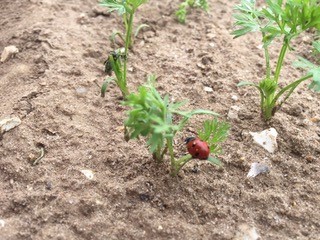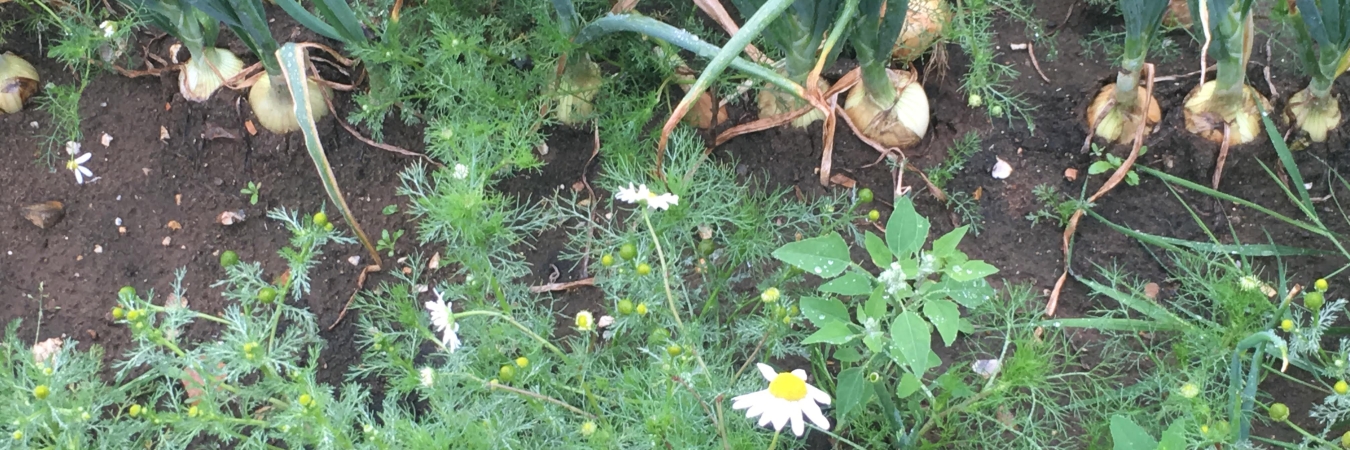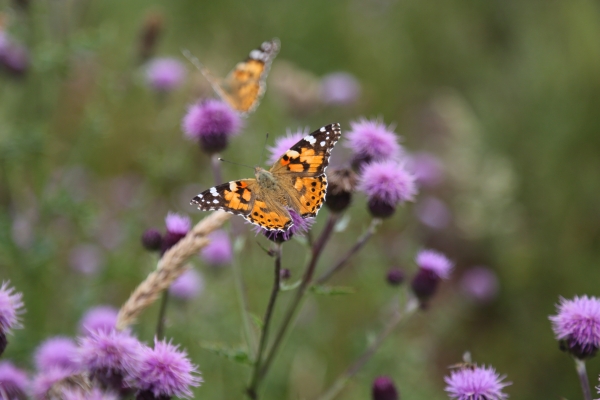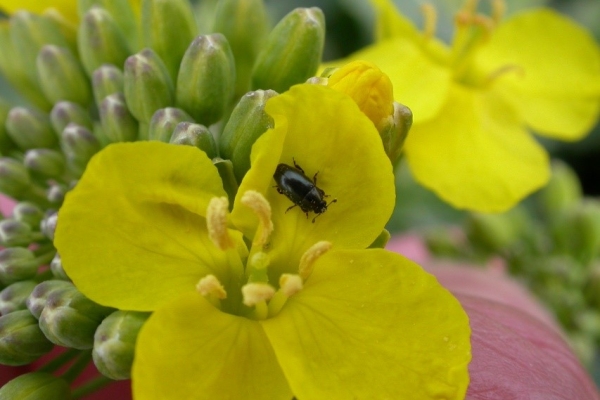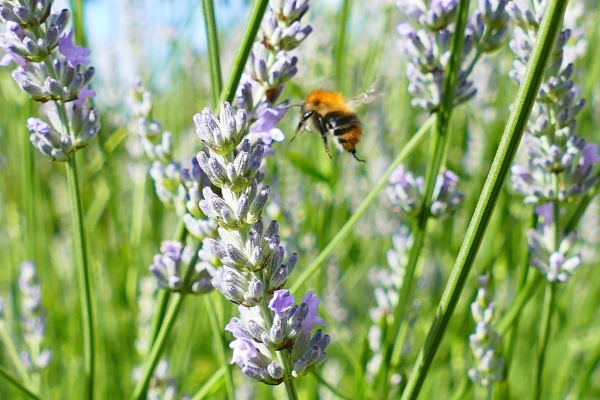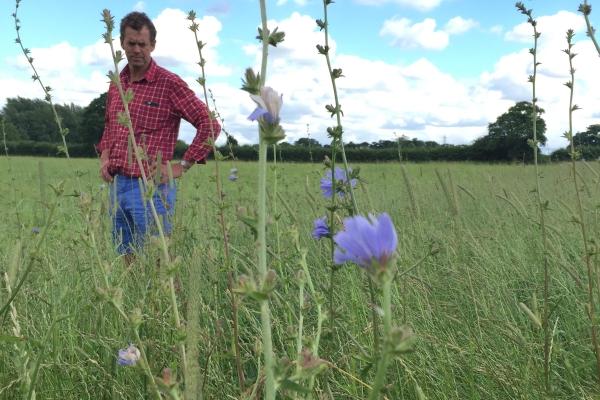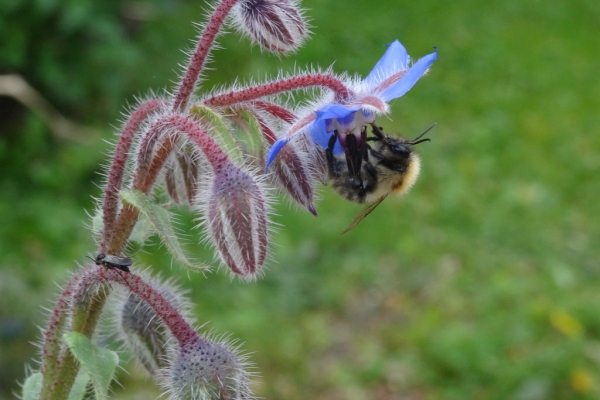Biological control strategies for outdoor vegetable production
Presentation for Agricology event at RB Organic - August 2019
Resource explained
This summary accompanies the attached presentation
In situations where natural enemies are absent or population levels are too low to be effective, beneficial insect numbers may be increased by the release of laboratory reared insects. Although this has been practiced for over 30 years in protected crops there have also been examples where biological control agents have been used in outdoor crops; the best example being the release of the parasitic wasp Trichogramma to control caterpillar pests in countries such as Brazil, Mexico and the USA. Historically, it has been the cost of producing the natural enemies and releasing them at the required intervals that has limited this approach in outdoor crops.
Over the last 5 years there have been new industry drivers which have led growers to want to explore this approach to control insect pests in field vegetable production; the main driver being the demise of approved agrochemicals and in particular insecticides in Europe. Insect resistance is also now becoming a serious issue in aphids, thrips and Lepidoptera species. Examples of this include pyrethroid resistance in aphids and insecticide resistance in Thrips tabaci and diamondback moth caterpillars. Other drivers include development of more robust environmental stewardship schemes, food retailers requirements to limit the number of pesticide residues on fresh produce crops, and the push by some retailers to enhance biodiversity and landscapes on-farm. This is also happening across Europe at a government level, particularly in the UK. Current estimates show that organic vegetable production constitutes approximately 5 % of the UK’s vegetable growing area. The recent strengthening of the organic vegetable market has therefore led to growers searching for non-chemical solutions to control insect pests due to the limited amount of control options which organic production permits.
Findings & recommendations
- Several key UK fresh produce businesses have started to work with Koppert UK, utilising laboratory-reared insects to increase natural beneficial populations. Insect augmentation is most important when natural populations are not around in significant numbers i.e. in early spring. Projects include work on releasing predators such as ladybird and lacewing as well as parasitoids to reduce the pressure of willow-carrot aphid (Cavierella aegopodii) in carrots and Myzus persicae in celery and beetroot crops.
- Coupled with this, growers are using endoparasitic nematodes (EPNs) to control key pests; the best example being to reduce populations of carrot root fly (Psila rosae) larvae in the soil in and around carrot fields, with the aim of reducing damage to carrots caused by the fly larvae.
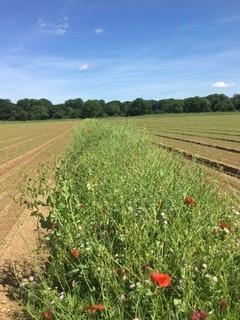
- To supplement this approach, organic growers have also started to understand the benefits of planting mixed flower species; not just to improve pollination but to encourage beneficial insects such as Aphidalia, Chrysopa, parasitic wasps and Syrphid flies into crops and field margins.
- Going forward, more agroecological research will need to be conducted on the timings of applying beneficial insects and nematodes to crops. Placement of these products in field margins, crops or wild flower mix strips or islands will also be key.
- Work on the use of automated release systems (drones and insect blowers) is also underway using predatory mites to control thrips in brassicas and alliums crops.
- Future work will also need to consider the rates of beneficial insects to be applied as this will feed into production strategies and pack formats so that economies of scale are achieved.
